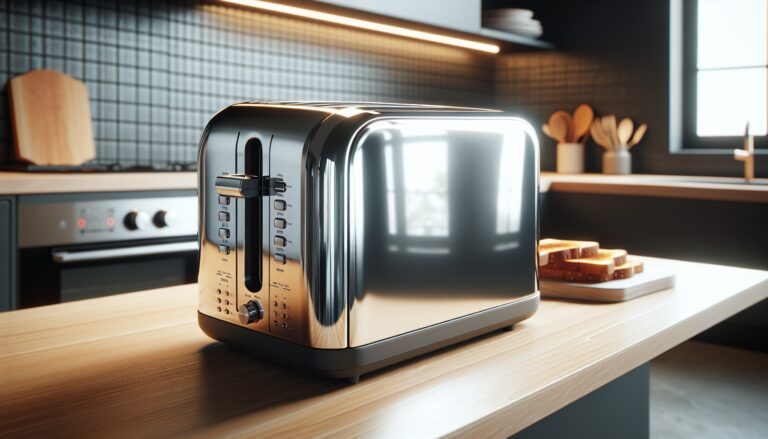Argomenti trattati
Understanding the need for repairable appliances
In today’s fast-paced world, kitchen appliances often become disposable items, quickly replaced when they malfunction. This trend not only contributes to environmental waste but also fosters a culture of consumerism that prioritizes convenience over sustainability. The humble toaster, a staple in many households, is no exception. However, a new wave of innovation is challenging this norm, with designers like Kasey Hou leading the charge towards creating repairable appliances that encourage emotional attachment and sustainability.
The innovative design of the repairable toaster
Kasey Hou’s design for a flat pack toaster is a prime example of how thoughtful engineering can transform everyday appliances. Initially motivated by the desire to help users form a connection with their toasters, Hou discovered that the disassembly process of traditional models was often frustrating and discouraging. This realization sparked the idea to involve users in the assembly process, making them more familiar with the inner workings of the appliance. By doing so, Hou aims to reduce the likelihood of users discarding their toasters when issues arise, fostering a mindset of repair rather than replacement.
The IKEA effect and user engagement
The concept of the IKEA effect, which suggests that people place a higher value on items they have assembled themselves, plays a significant role in the success of Hou’s design. User testing revealed that individuals felt more comfortable repairing the toaster after participating in its assembly. This psychological connection not only enhances the user experience but also promotes a more sustainable approach to appliance ownership. By making repairs more accessible and less intimidating, Hou’s design encourages a shift in consumer behavior towards valuing longevity and repairability in kitchen appliances.
Challenges and future prospects
Despite the promising nature of repairable toasters, challenges remain in the broader market. Many existing models are not designed with repair in mind, making them difficult to fix and often leading to their disposal. Additionally, the perception of repairable appliances as less convenient can deter consumers from embracing this innovative approach. However, as awareness of sustainability grows, there is potential for a shift in consumer preferences towards products that prioritize repairability. The success of Hou’s design could pave the way for a new standard in kitchen appliances, where sustainability and user engagement are at the forefront.

